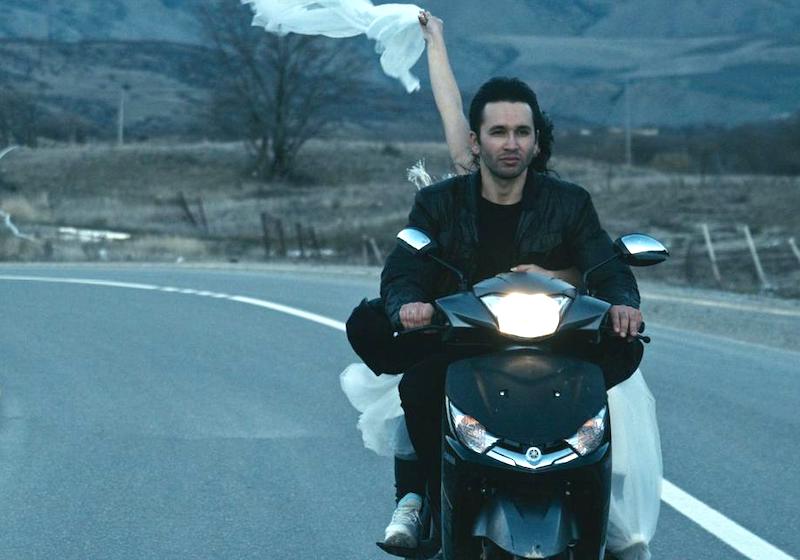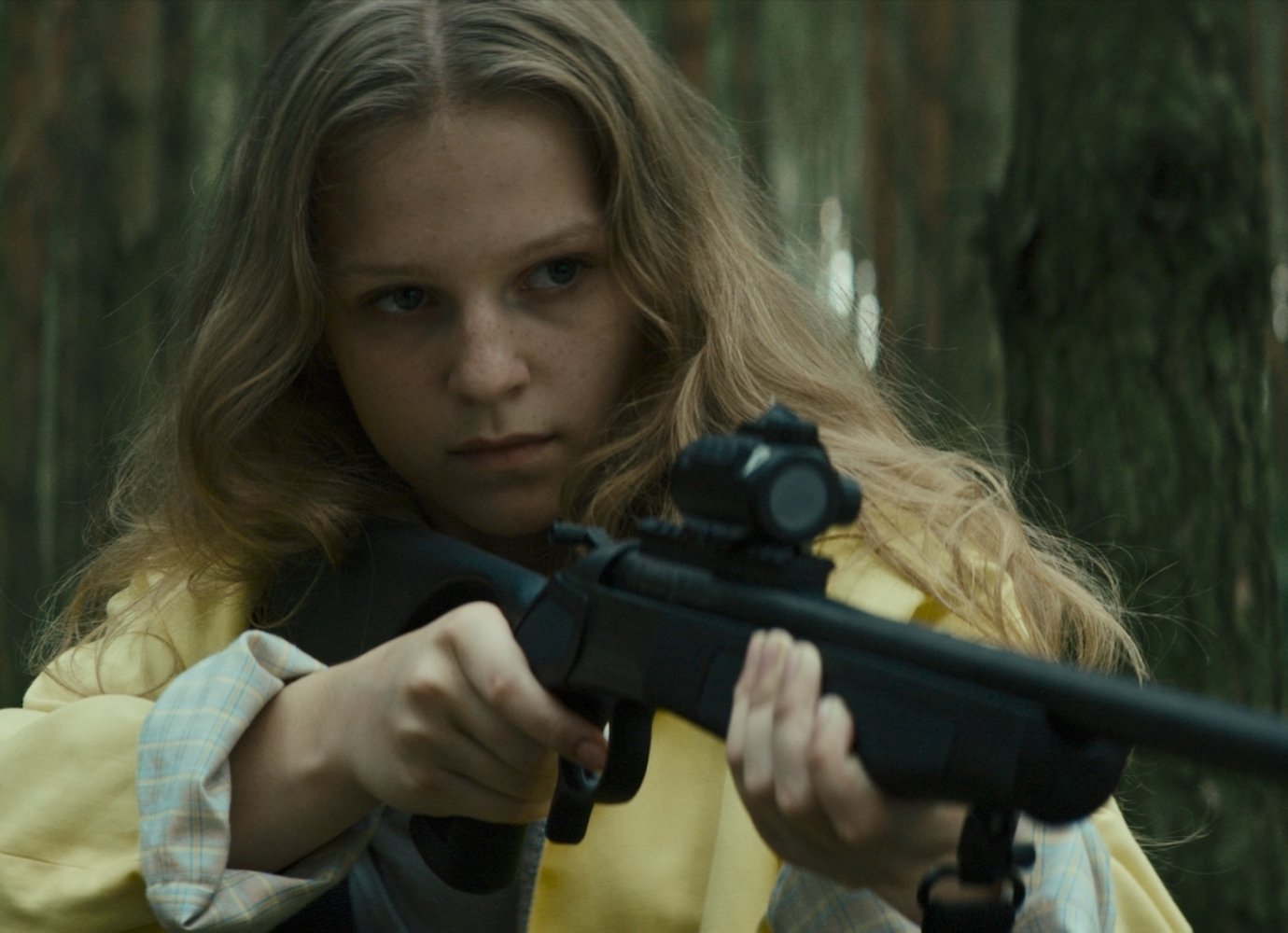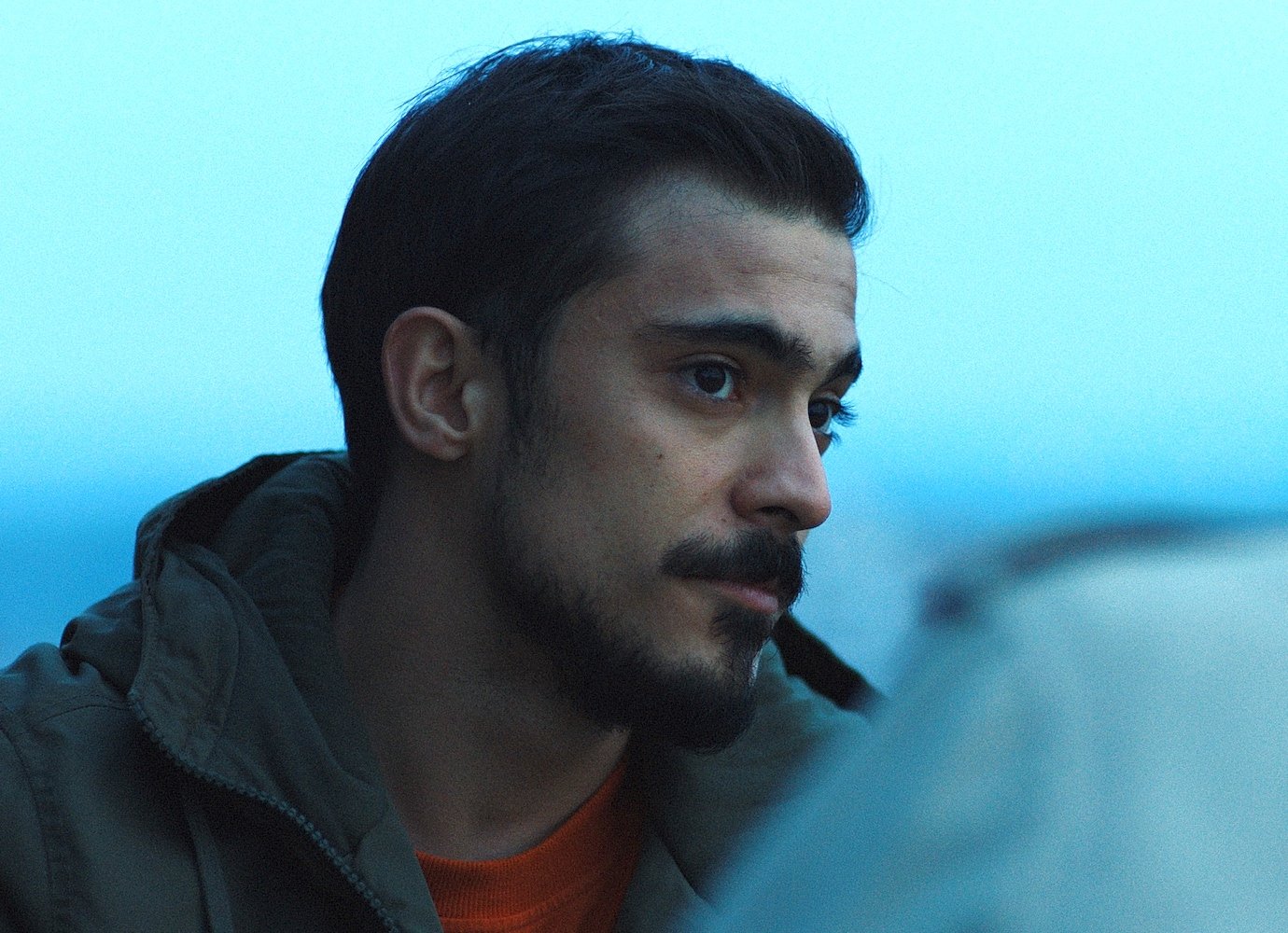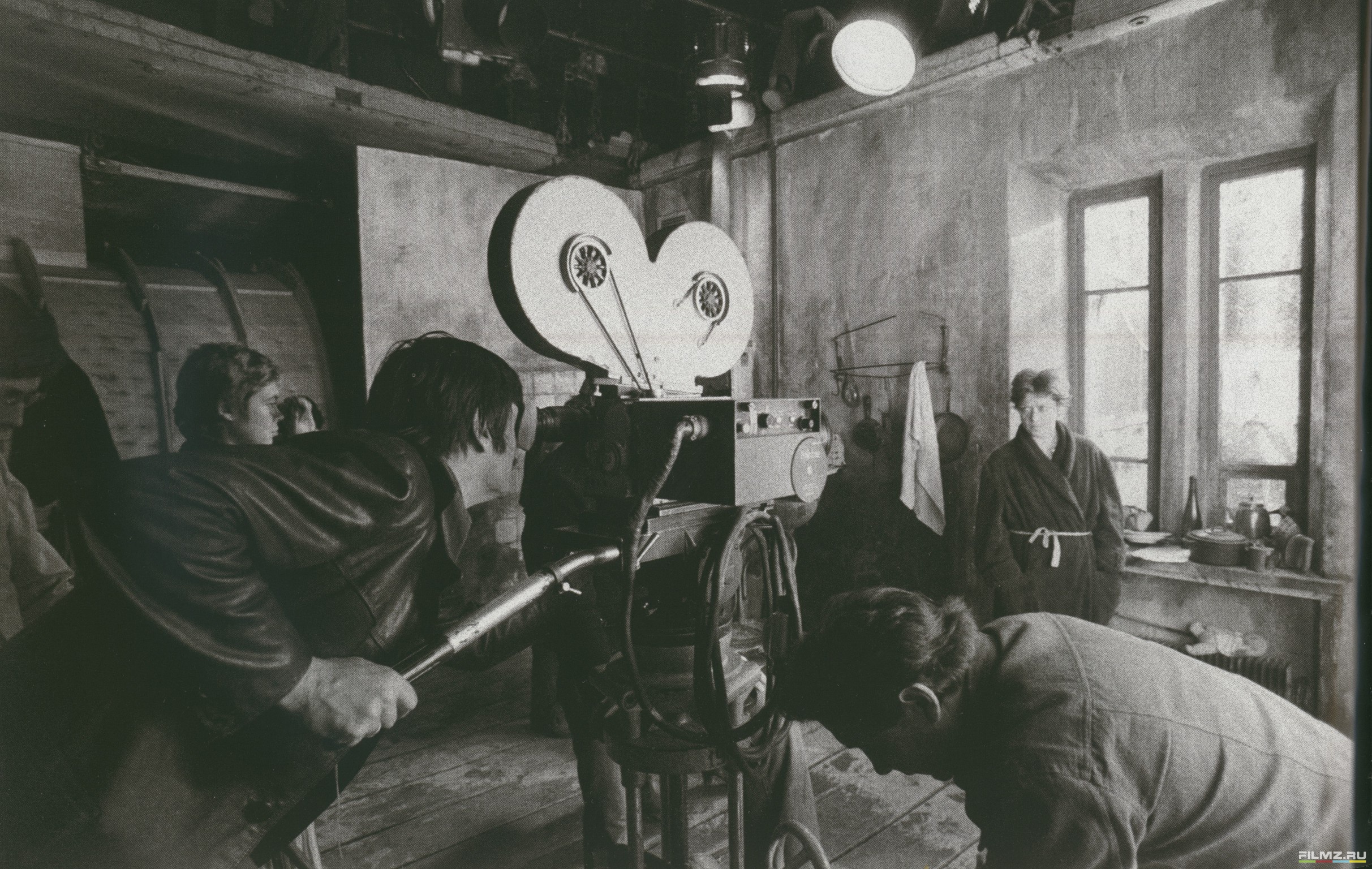Hilal Baydarov’s In Between Dying is a poetic road movie inspired by the masters of slow cinema

Presented in the main competition of this year’s Venice Film Festival, the Azerbaijani filmmaker’s latest work is a meditation on what it means to be alive.
What’s waiting for us after death? How does our perception of time change during these crucial moments? And how do we realise that what we are now experiencing is the afterlife? Hilal Baydarov’s latest drama In Between Dying tries to answer these heady questions through a disorienting, poetic tale set on the Azerbaijani steppe. The film inherits the best qualities of slow cinema, while still finding its own unique style thanks to the director’s peculiar take on casual filmmaking.
The 85-minute feature, which premiered in the main competition at this year’s Mostra di Venezia, follows the journey of a troubled young man, Davud (played by Orkhan Iskandarli), who is searching for his “true” family — namely those he feels will bring meaning and love to his existence. Davud’s journey, however, takes place in the titular dimension “in between dying”, making time and death the central themes of the piece, and the lead character’s search for love as a plot device to justify his wanderings. The film opens with a beautifully crafted long shot of Davud walking towards the horizon on an empty plain at dawn, accompanied by an enigmatic poem about a teacher looking for a lost class in a hallway with 1,000 doors.
Davud is searching for his “true” family — namely those he feels will bring meaning and love to his existence
Written by 6-year-old Ayla Safar, it is a short but fascinating text, touching upon the process of self-discovery and the importance of making choices — both of which will be key aspects of Davud’s path to growth. The lead character is seen acting cruelly towards his sick mother (Maryam Naghiyeva) in their modest Baku home, and later even killing a drug dealer in a turbulent confrontation. From that moment on, he is chased by the thug’s gang, sparking a surreal journey characterised by a series of encounters with several women. He meets a girl (Kubra Shukurova) locked up in shed by her father, a wife (Narmin Hasanova) mistreated by her abusive husband, a suicidal bride fleeing her forced marriage (Rana Asgarova), a blind girl (Asgarova again) pulling her mother (Gulnaz Ismayilova) from her grave, and a war widow. Each meeting results in a death, yet Davud fails to recognise any of these women as his “missing half”, although one face appears repeatedly in his dreams.
The story itself was inspired the tale of Buddha, a prince whom, once called Siddartha, was kept sheltered in his palace and protected from “the sick, the ugly, and the poor” of the outside world, Baydarov told The Calvert Journal in Venice. One day, at the age of 29, he left the royal palace and faced the world — a crucial event which triggered his spiritual journey. “I wanted to make a story about this subject but in my own fashion. Here, the protagonist accidentally kills someone, so his life suddenly changes and he is forced to undergo a different path to purification,” the director says.
The film’s unusual tempo and oneiric atmospheres, heavily influenced by world masters of slow cinema, such as Andrei Tarkovsky, Robert Bresson, and Béla Tarr (who was Baydarov’s mentor during his film directing studies), contribute to building up the intense feeling of inescapability and uncertainty experienced by the protagonist. These emotions are further accentuated by the rugged, opaque Caucasian landscapes, featuring pale mountains, bare forests, empty fields, arid lakesides, as well as the omnipresent mist. Through a large number of long takes and the predominant usage of static shots, the Azerbaijani helmer gifts the viewers with a powerful parable, ready to open different layers of interpretations about life, death, and the possible scenarios “in between” those. Throughout the film, viewers are left free to doubt whether the action is taking place in reality, in the afterlife, or simply being imagined.
All of this, as with much of Baydarov’s work, is moulded by his personal approach to casual filmmaking: a mindset that exploded from what the director describes as the “creative cage” of limited finances and resources.
Working with a very small crew of trusted professionals (in this case, composed of himself as a writer-director-editor, his director of photography Elshan Abbasov, and sound designer Daniel Timmons), Baydarov guides non-professional actors across the screen, many of them chosen among from among his own relatives and acquaintances. In this respect, he says: “I never look for actors. It’s very difficult for me to talk with someone that I don’t know. Actually, it’s almost impossible. I cannot direct them properly.”
There is no script during filming: instead, a list of basic plot twists is staged on the spot. The mise-en-scène will be inspired by the environment and the collaboration between the director and his crew. This guides the film’s visual style, which is the result of a largely improvised co-operation with Abbasov: “I never think about the images before filming. I find them through intuition. For example, suddenly we see the clouds and the sea, then we turn on the camera, and I write some poems inspired by the place.”
A still from In Between Dying, (2020). Image: Ucqar Film
One of the most ethereal, off-beat scenes derived from this approach is a long shot depicting Davud talking to a young bride, and walking with her through a deserted plot of land. The pair gradually disappear in the mist, and we can only hear, from time to time, birds chirping and the wind whistling. Scenes like this, where Baydarov chooses to “dilate” time and disorient the audience, offer the ground to talk through the director’s personal concept of temporality. “I would like to quote a work written by the great filmmaker Andrei Tarkovsky,” Baydarov says. “I’ve read his book Sculpting in Time (1985). If Tarkovsky was present in this room, he might have seen your glass or your notes on the table, and he would have asked: where is the time? Show me the time as an object! This question forced me to think about the nature of time. What is it and how can I show it? In my film, there are scenes with the clouds, the trees, the music and, when I’m watching them, I feel like I’m going beyond them, somewhere I can feel the time as an object, through a glass.” In terms of viewership, the director’s efforts for objectifying time are not only conveyed through the moving pictures, but also through the sonic landscapes, the guitar strings score, and the absence of sound (courtesy of composer Kanan Rustamli and sound designer Daniel Timmons).
The film proposes us a stoic vision of death, seen as something that should be fully accepted, a natural succession to life and a reminder of our fragility as human beings
The film proposes us a stoic vision of death, seen as something that should be fully accepted, a natural succession to life and a reminder of our fragility as human beings. In this sense, the movie successfully reflects Baydarov’s own feelings on death, which had not changed after working on this project: “I was living in a village, at the top of the Caucasus Mountains, and, in order to reach our place, you needed to walk through several graveyards – too many! Death is not something horrible. I know I may be dead in three days, three years, or fifty years but I do not want to assign a philosophical meaning to death. It was always there and it’s just the end of something.”
A still from In Between Dying, (2020). Image: Ucqar Film
The narration of Davud’s inevitable fate maintains a good degree of linearity (favoured by its spontaneous episodic structure), and sees him forced to live in danger and to accept death as something stronger than his own narratives. In the final stages, he returns to the place he has always lived in, where his “missing half” seems to be waiting for him.
Baydarov, meanwhile, is currently working on two new fiction films, both using similar atmospheres to explore “seeing the time as an object again”. “You can do that only with a big heart and a good dose of intuition and inspiration,” he concluded.
In Between Dying was produced by the director himself and Elshan Abbasov for Azerbaijan’s Ucqar Film and co-produced by Joslyn Barnes for US outfit Louverture Films and Carlos Reygadas for Mexico’s Splendor Omnia Studios. The UK release date is yet to be disclosed.


